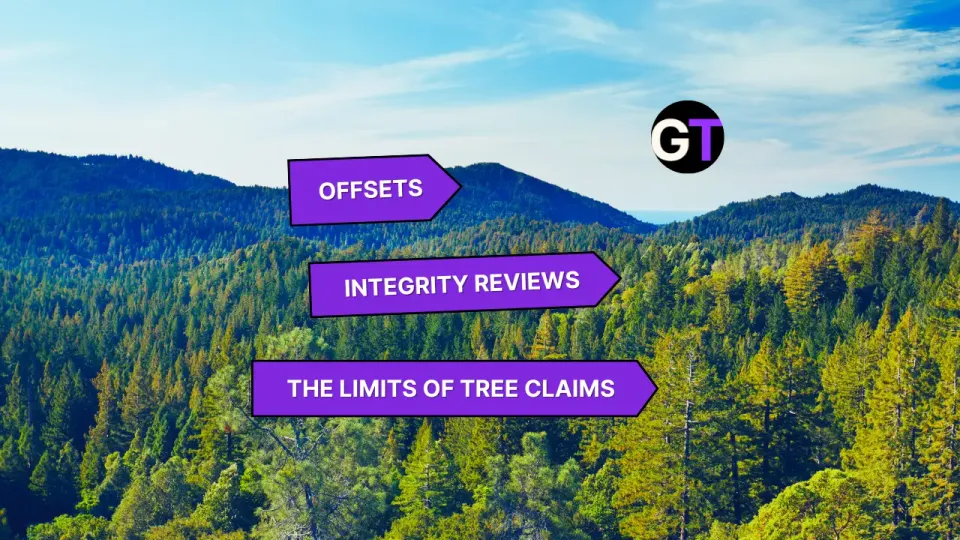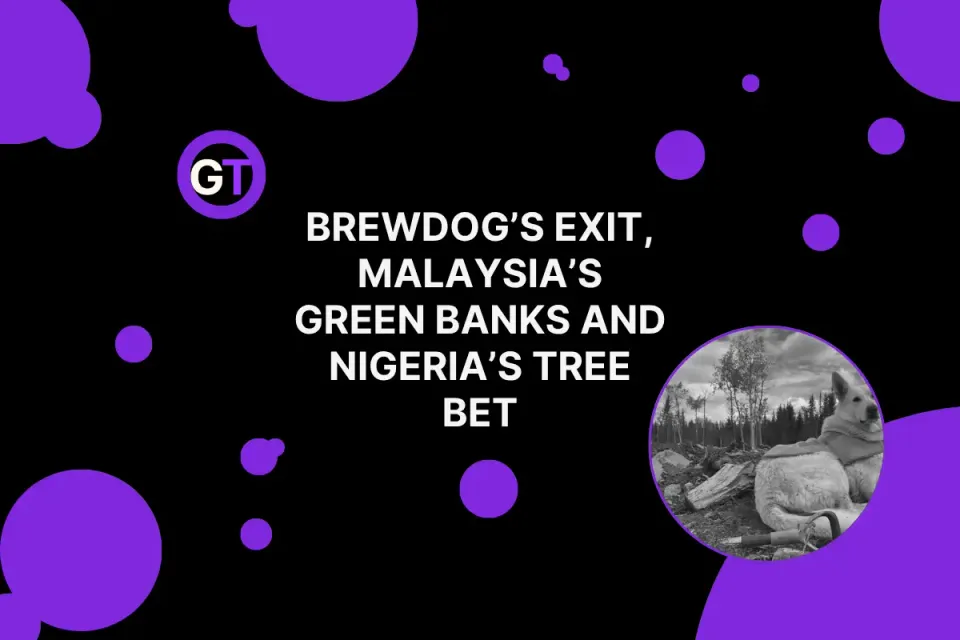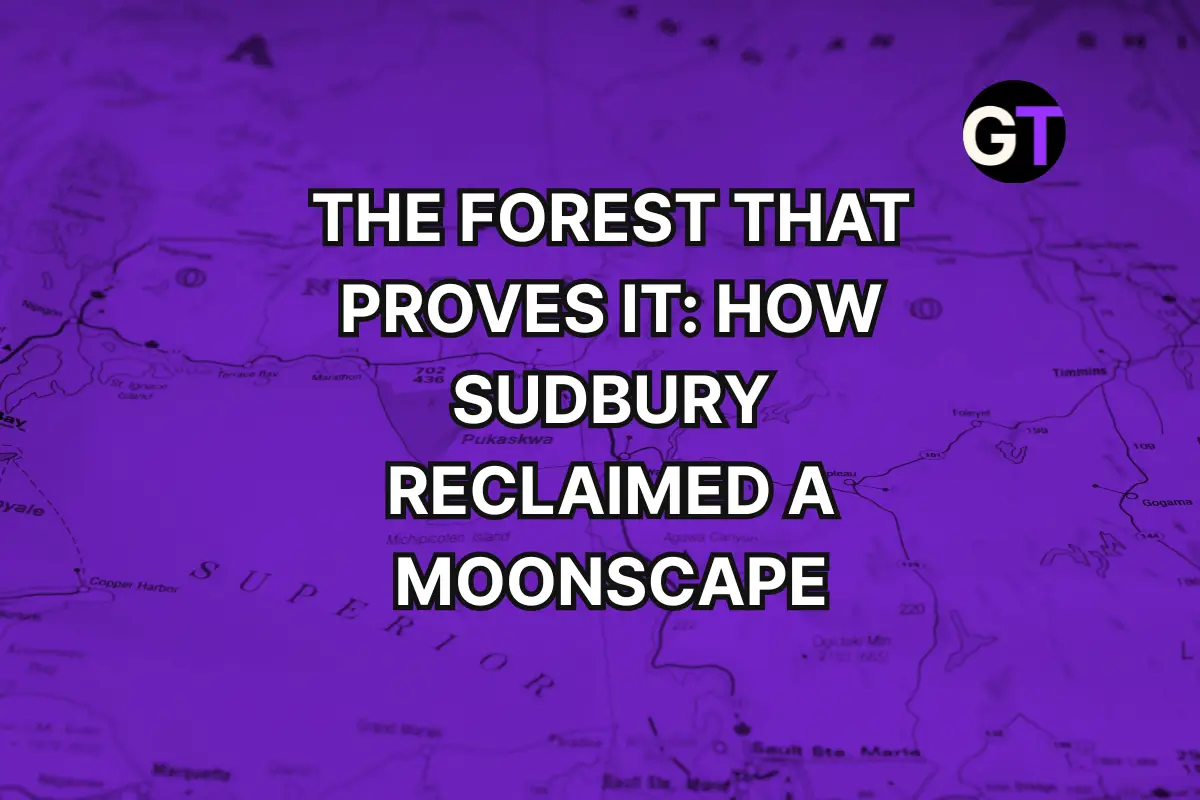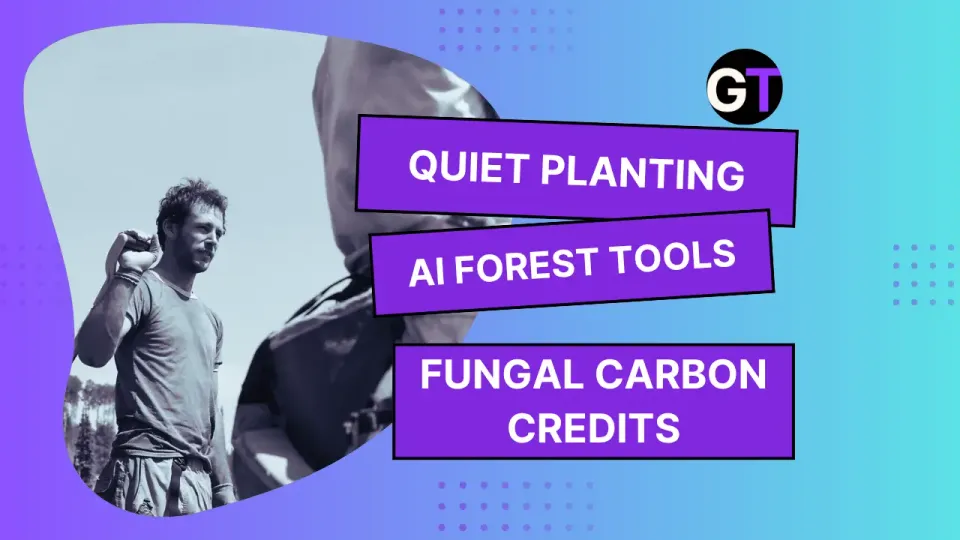Forest Carbon Standards, Isometric’s Launch and LiDAR Logic
From new forest protocols to mapping tools and mixedwood data, this week’s updates reveal how carbon credibility gets built—and tested.
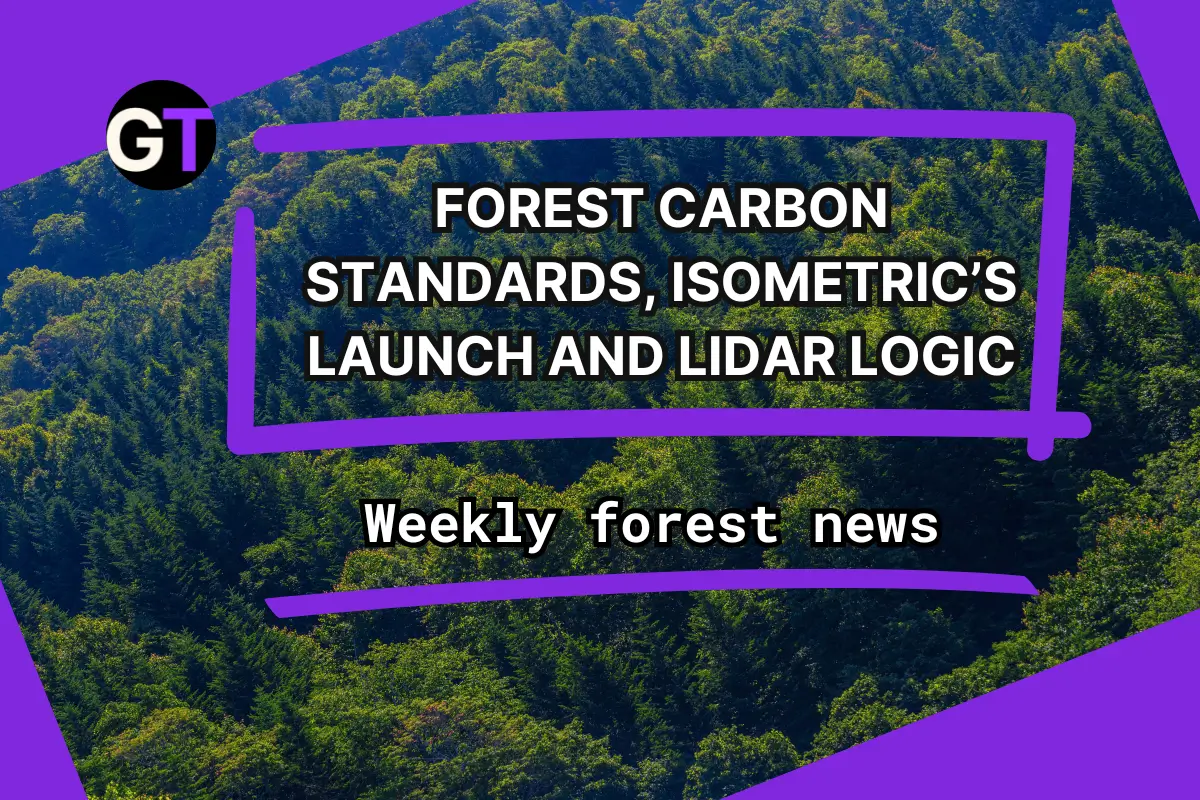
Isometric Opens the Floor on Forest Carbon Rules
Isometric just launched a public consultation on its new Improved Forest Management (IFM) Protocol, aiming to bring scientific clarity (and maybe some order) to the wild west of nature-based carbon removal. Built with input from their in-house brainiacs and independent scientists—and shaped in close collab with Renoster, the first adopter—this protocol lays down strict rules for using existing forests to pull CO₂ from the sky. Think selective harvesting, LiDAR-powered MRV, dynamic baselines, and absolutely no monoculture allowed.
💬 With every project claiming to be “high-quality,” will Isometric’s protocol finally set enforceable standards—or just raise the bar on the jargon?
👉👉 Read the article via Carbon Herald
Mining, Metal, and Moss: Rebooting Forests on Brazil’s Polluted Outcrops
Restoring forests on rocky, metal-contaminated outcrops in southeastern Brazil isn’t for the faint of heart—or root. This new study tested whether native, metal-tolerant trees could survive in former mining zones in Minas Gerais, using a mix of species like Tibouchina granulosa, Tapirira guianensis, and Croton urucurana. Spoiler: even with targeted soil treatments and careful planning, average seedling establishment hovered around just 21%.
Still, not all hope is lost. Survival improved in less harsh microsites, and combining low-P fertilizer with hardy species yielded better early growth. The key takeaway? Restoration here isn’t about lush green quick fixes—it’s about smart combos, long timelines, and working with the landscape’s limits.
💬 When 1 in 5 trees survive, is it failure—or the beginning of a slow, scrappy comeback?
👉👉 Read the open-access study via Restoration Ecology
Fire Doesn’t Care If It’s a Park: BC’s Preservation Problem
After a season fighting fires across British Columbia’s southern interior, one thing is crystal clear: we’re losing wildfires in preserved and unmanaged zones—parks, riparian reserves, wildlife patches, visual quality zones, and anywhere access or proactive management has been sidelined. Fires stopped in actively managed areas—places logged, burned, grazed, and roaded since the 1970s. Turns out, fuel breaks work better when you actually manage the fuel.
💬 If “preservation” just means letting forests accumulate kindling, is it time to rethink what protecting land actually looks like?
👉👉 Read the full field-season dispatch via MacLeod Forest Services
Planet Launches Tropical Forest Observatory: Democratizing Deforestation Data
Planet is putting high-res forest intel into the hands of the people—literally. Its new Tropical Forest Observatory opens up low-cost access to monthly PlanetScope mosaics for non-commercial users like researchers, Indigenous groups, and NGOs. The goal? Turn satellite imagery into a forest-saving toolkit, making it easier to spot deforestation, track restoration, and back it all up with receipts. It’s the NICFI model, leveled up—with analytics, API access, and a pricing model that doesn’t require a donor grant to get started.
💬 With clearer forest data in more hands, will we finally move from “monitoring loss” to actually stopping it?
👉👉 Read more via Planet
Mapping the Mixedwoods Forests of New England
Mixedwoods don’t play by the easy rules. These forests blend hardwoods and softwoods—neither group dominates beyond 75% of canopy or basal area—making them a tricky fit for conventional forestry approaches. In New England, 34% of surveyed plots fall into this in-between category, trailing hardwoods (43%) but well ahead of pure conifer stands (22.6%).
What’s surprising? Mixedwoods often pack equal or greater tree diversity than hardwood-only forests. On average, mixedwood plots had ~6.1 species ≥ 5 in diameter, compared to 5.6 in hardwood plots. That diversity underscores how mixedwoods deserve their own playbook—not just a catch-all “miscellaneous” label.
💬 When your forest refuses to be boxed, how do you manage complexity without losing clarity?
👉👉 Read more via Arbor Analytics
Opinion: Carbon Markets Need Their TRACE Moment
Carbon markets, meet your awkward adolescence. A new op-ed from climate finance insiders argues it’s high time the voluntary carbon market (VCM) had its TRACE moment—a transparency overhaul like the one that transformed the bond market in 2002. Right now, prices are secretive, benefits to communities are vague, and too many credits feel like bespoke cocktails no one knows how to price.
The fix? Standard contracts, public price data, benefit-per-tonne metrics, and some long-overdue fee transparency. Because let’s be honest—no one wants to pay $20 for a tonne of carbon and find out only $2 made it to the forest.
💬 Can carbon get serious—or will it stay the shadowy side hustle of climate finance?
👉👉 Read more in Carbon Herald
Zero Budget, Big Wins: Natural Farming That Pays (and Chirps)
A new study out of Cambridge’s Agroecology Group just dropped in Nature Ecology & Evolution, and the takeaway is clear: Zero Budget Natural Farming (ZBNF) isn’t just sustainable—it’s profitable, productive, and a haven for birds. In India’s Andhra Pradesh, ZBNF more than doubled smallholder profits, matched chemical farming in crop yields, and boosted bird biodiversity—especially insect-eaters that double as pest control. But no, it’s not a forest substitute—just a smart upgrade to the ag landscape.
💬 If ZBNF feeds families, helps biodiversity, and cuts the chemical drip—what’s stopping the global farming playbook from flipping the script?
👉👉 Read more via Cambridge Zoology
👉👉 Dive into the full study here
Kenya Gets Serious About Tracking Trees (And Not Just Talking About Them)
Kenya just launched its Forest and Landscape Restoration Monitoring Framework (FLRMF)—and unlike most climate PDFs collecting digital dust, this one actually does something. It’s a national system to track how the country is restoring its landscapes, blending satellite data with local intel to monitor forest cover, land health, and community benefits. Bonus: it’s fully aligned with Kenya’s 10.6 million-hectare pledge under AFR100 and the Bonn Challenge. Translation? Less hand-waving, more ground-truthing.
💬 With restoration hype everywhere, will Kenya’s data-driven approach finally separate the tree-planters from the PR-planters?
👉👉 Read it all here
What Comes Back First? Forest Recovery Lessons from Taï National Park
A new study out of Taï National Park, Côte d’Ivoire’s last great rainforest, shows that not all forest bounce-backs are created equal. Using Bayesian modeling across 118 plots, researchers found that forest structure recovery is wildly uneven—with tree diameter and structural uniformity rebounding in 20–30 years, height in 30–40, but biomass dragging its feet for over a century. The kicker? Former cocoa fields recovered surprisingly fast (thank the remnant trees), while gold mining scars barely budged due to brutal soil degradation.
💬 If passive regeneration works—but only under the right conditions—how do we stop romanticizing "natural recovery" and start budgeting for when it won’t cut it?
👉 👉 Full study here
The Forest Is Watching: Kaqchikel Maya Turn to Tech to Defend Ancestral Lands
In Guatemala’s San José Poaquil, the Kaqchikel Maya are fighting fire with… open-source maps. With drones, smartphones, and some serious grassroots hustle, young Indigenous mappers have charted 75 hectares of sacred forest—pinpointing everything from illegal loggers to medicinal plant patches. The maps have helped combat wildfires, secure payments for ecosystem services, and strengthen legal land claims that stretch back generations. Tech meets tradition—and together they’re building a digital shield around the forest.
💬 If open mapping is this powerful, why aren’t more Indigenous communities using it—and what happens when surveillance tools land in contested territories?
👉👉 Read more on Mongabay
Reforestation’s Ripple Effect: Restoring Trees Rewires Tropical Ecosystems
In a new study out of Madagascar, scientists planted over 20,000 native trees and watched what happened next—and it’s not just about the trees. The research, published in Ecosystems, shows that reforestation doesn’t just revive canopy cover—it reshuffles entire ecological networks. From soil microbes to bird communities, everything from nutrient cycling to species interactions started playing a different tune. In short: reforestation isn’t hitting rewind—it’s remixing the whole forest symphony.
💬 If reforestation shifts entire ecological networks, are we really “restoring” forests—or engineering something entirely new?
👉👉 Read more on Springer
Carbon Market Coalition Launches Open-Source Data Model at Climate Week NYC
At Climate Week NYC, the Carbon Data Open Protocol (CDOP) coalition unveiled Version 1.0 of a new open-source data standard aimed at tackling fragmentation in carbon markets. Backed by 50+ organizations—including Verra, Sylvera, and RMI—the model harmonizes data for project location, design, and methodology, creating shared infrastructure to unlock investment and scale climate action.
💬 Is standardized data the missing link for credible, scalable climate finance?
👉👉 Read more on PR Newswire
Soil Carbon’s Credibility Crisis
New research from Yale scientists warns that enthusiasm for soil carbon as a climate solution is racing ahead of the evidence. Models based on small-plot experiments dominate, but lack real-world validation—raising the risk that carbon markets and policies could be built on shaky ground. The authors call for large-scale, field-based trials akin to clinical studies to ensure soil carbon delivers genuine climate benefits.
💬 What’s the gold standard for proving soil carbon sequestration actually works at scale?
👉👉 Read more on Yale Environment
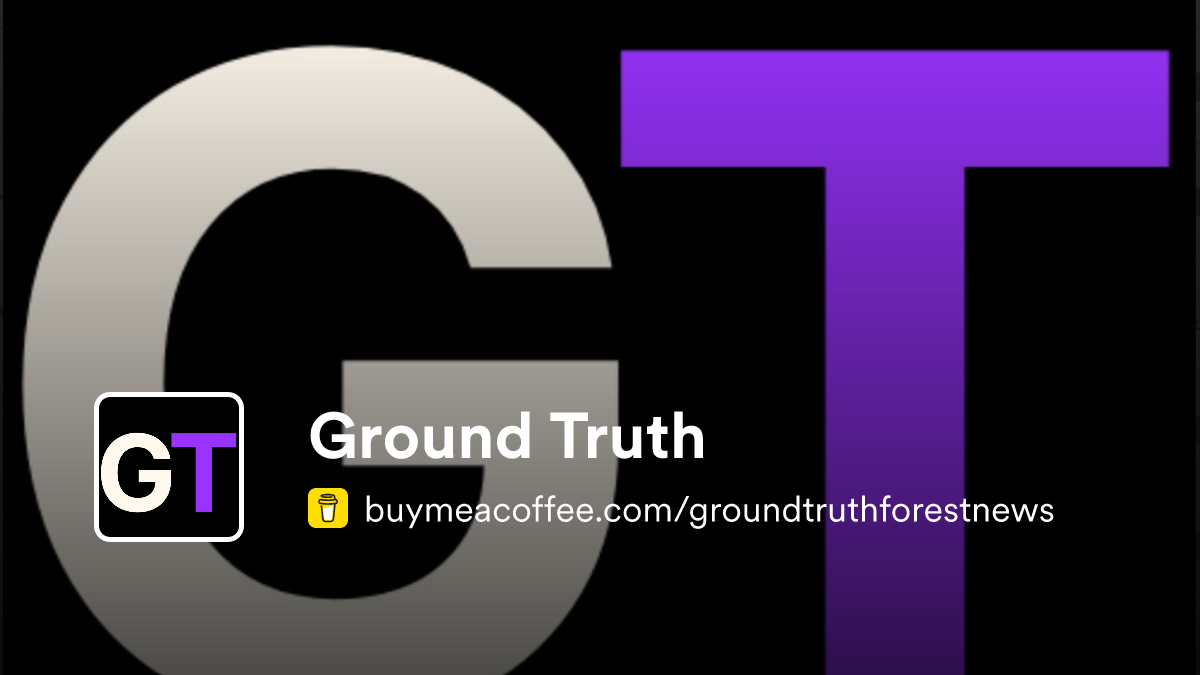
Edited by Chris Harris

This work is licensed under a
Creative Commons Attribution 4.0 International License.


